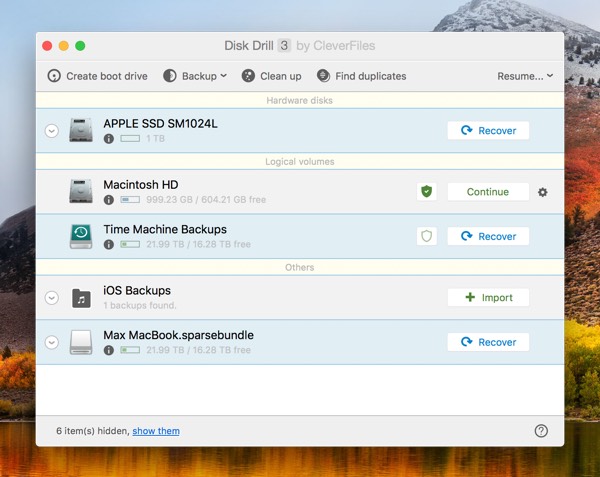The Disk Image ?joemac.sparsebundle Is In Use.

- Time Machine Could Not Delete The Backup Disk Image
- The Disk Image Macbook Pro.sparsebundle Is In Use

Time Machine Could Not Delete The Backup Disk Image
To restore a disk image with multiple volumes to a disk, you must partition the destination disk, then restore each volume individually.In the Finder on your Mac, double-click the disk image to open it.The disk image’s volumes appear as disks in the Finder.In the Disk Utility app, select the disk in the sidebar, click the Partition button, then partition the destination disk.The destination disk must have as many partitions as the disk image, and each of the disk’s partitions must be at least as large as the corresponding partition in the disk image. See.In the sidebar, select the volume that you want to restore, then click the Restore button.This is the volume that is erased and becomes the exact copy.Do one of the following:.Restore from a volume: Click the “Restore from” pop-up menu, then choose the volume you want to copy.Restore from a disk image: Click Image, choose the disk image you want to copy, then click Open.Click Restore.Repeat steps 3–5 for each remaining partition. Soal pilihan ganda vlsm.
The Disk Image Macbook Pro.sparsebundle Is In Use
The Backup disk image.sparsebundle is already in use”. As I am the only one using this backup, I hoped that just trying to do the Time Machine backup manually would help but it. When the content of the image changes, one or more band files is changed, created, or deleted. This allows backup software (such as Time Machine) to operate more efficiently. You may use a tool such as rsync to keep your disk image(s) consistent across various systems. Before you can make use of a disk image, it needs to be mounted, so your Mac can work with the data within it. Mounting an encrypted disk image isn’t much different than mounting a normal disk image; simply double-click the disk image file, or right-click (control-click) the disk image file, and select Open from the popup menu.